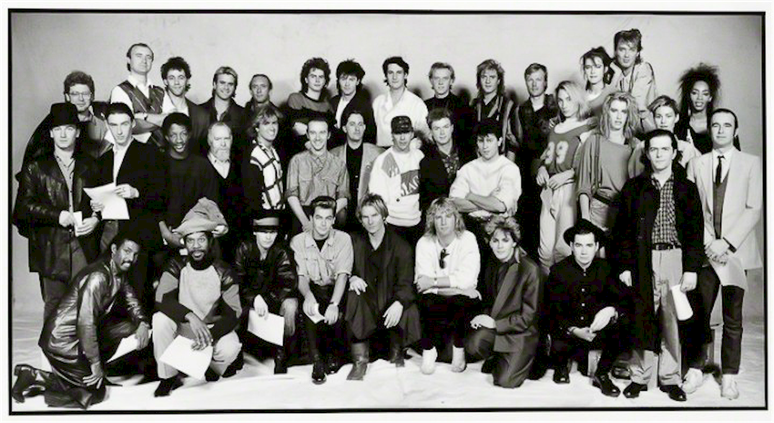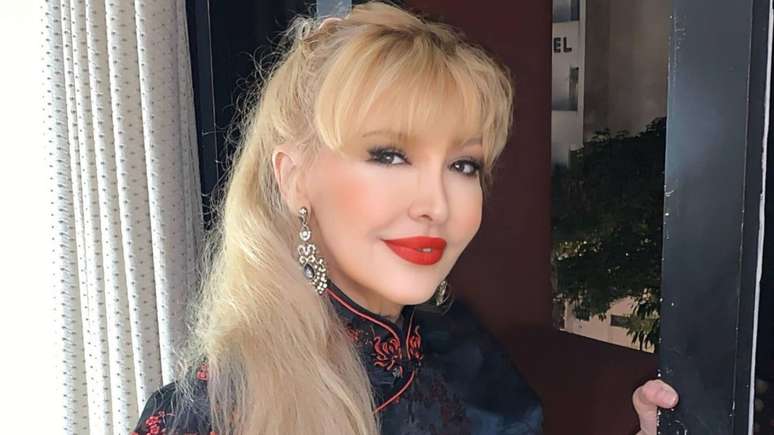The series “game of Thrones” and “House of the Dragon” not only won over audiences with political intrigue and epic battles, but also with the majestic dragons that dominate the skies of Westeros. These mythical creatures, essential to the rise of House Targaryen, have always been shrouded in mystery, especially when it comes to their growth. The dragons of Valyria, which nearly became extinct after the event known as the Doom of Valyria, played a crucial role in the unification of the Seven Kingdoms by Aegon I Targaryen. However, even centuries later, many questions remain about these creatures, including why they grow so erratically.
In the episodes of “game of Thrones“, we see Daenerys Targaryenplayed by Emilia Clarkehatch three dragons from petrified eggs, using blood magic. These dragons, initially small as cats, grow quickly, with DrogonDaenerys’ favorite, reaching colossal sizes over the seasons. In “House of the Dragon“However, dragons seem to have much more inconsistent growth. Syrax and Seasmokefor example, are huge during their riders’ adolescence, but barely grow any larger after that. In contrast, dragons like Vermax and Moondancereven though they are much older than Drogonremain relatively small.
Size differences
This discrepancy raises an intriguing question: what causes the difference in dragon growth between the two series? One of the most discussed theories among fans and experts is the difference between dragons raised in captivity and those raised in the wild. In “House of the Dragon,” many dragons are kept in the Dragonpit in King’s Landing or in the caves of Dragonstone, while Daenerys’s dragons are free to fly and hunt on their own. This could explain why dragons like Vermithor and Silverwingwhich flew freely, were larger than others kept in captivity.
Another possible explanation lies in the origin of the dragons. While Daenerys’ dragons were brought to life through a blood ritual, the dragons in “House of the Dragon” are descended from generations of crossbreeding between the same three dragons that Aegon the Conqueror brought to Westeros: Balerion, Meraxes and Vhagar. Over time, the lack of genetic diversity may have led to growth and fertility problems, meaning that today’s dragons never reach the same grandeur as their predecessors.
Regardless of the reasons, one thing is certain: the answers to these questions probably won’t be revealed any time soon. George R.R. Martin, the creator of the A Song of Ice and Fire universe, has promised to explore more about dragons in his upcoming books, The Winds of Winter and A Dream of Spring. However, with the first book over thirteen years in the making, fans will have to settle for speculation for now.
Summary for those in a hurry:
- Dragons are central to “Game of Thrones” and “House of the Dragon,” but their growth is uneven and mysterious.
- Daenerys Targaryen brought dragons to life with blood magic, while the dragons in “House of the Dragon” are bred in captivity and descended from crossbreeding between a few ancestors.
- Free-range breeding may explain the accelerated growth of Daenerys’ dragons.
- Genetic problems resulting from inbreeding can limit the growth of dragons in “House of the Dragon”.
- George RR Martin has promised more answers in future books, but fans will have to wait.
Source: Atrevida
Earl Johnson is a music writer at Gossipify, known for his in-depth analysis and unique perspective on the industry. A graduate of USC with a degree in Music, he brings years of experience and passion to his writing. He covers the latest releases and trends, always on the lookout for the next big thing in music.







